Entering Australia – What to expect at the border
Activating your visa
Once the Department of Home Affairs approves your Working Holiday Visa application, you must enter Australia within 12 months of the date it was granted. Keeping in mind this timeframe can’t be extended or deferred, however, don’t hesitate to work for a few more weeks or months to save more money for your trip.
The visa becomes active on the date you enter Australia. Once you have entered and the visa is activated, you can stay in Australia for up to 12 months and leave and re-enter Australia as many times as you like in those 12 months.
Completing the Incoming Passenger Card (IPC)
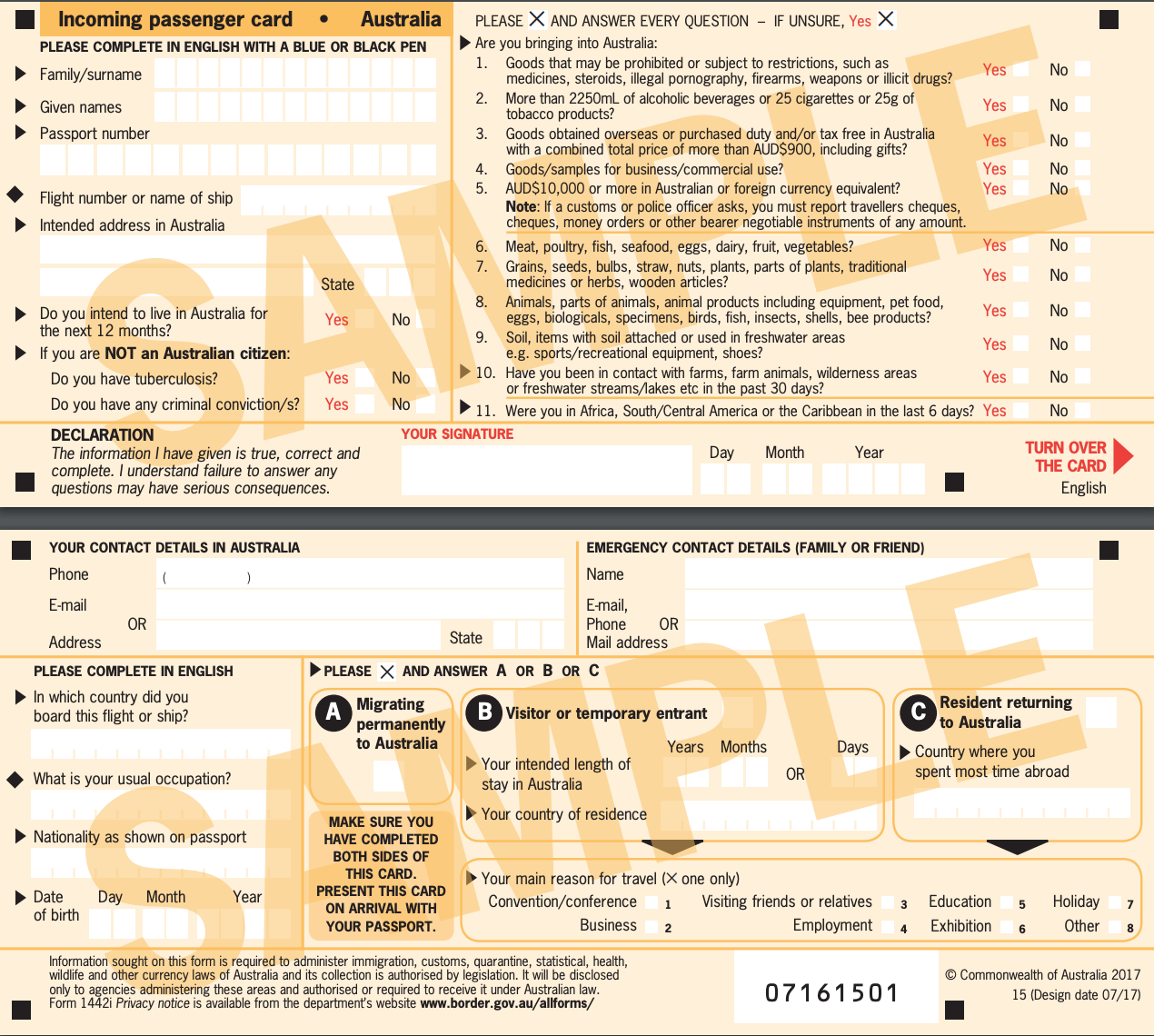
The IPC is a document providing passenger identification and a record of your entry to Australia. It will be distributed during the flight and you must complete it in English before landing.
You will have to answer a certain number of questions relating to customs and quarantine. Be honest and if you’re hesitating, answer “yes.” For instance, if you’re bringing used hiking gear and shoes, a Department of Agriculture and Water Resources biosecurity officer will inspect them to make sure it doesn’t pose a biosecurity risk (i.e. to make sure it won’t introduce damaging pests and diseases into Australia).
Going through immigration
When you enter Australia, you need to show your passport. Two options may be available:
- SmartGates, an automatic process available for citizens from eligible countries (check the list here).
- Manual processing, where a Border Force officer checks your passport and visa.
SmartGates, the automatic process
SmartGates automatically process passengers using facial recognition technology and your ePassport to verify your identity.
First, you must enter the gate, which will close behind you. While you’re walking to the next gate and passport-reading machine, cameras will take your photograph. At the next gate, the display screen will ask you to stop and put your passport face down on the passport reader. Respond to the next display screen instructions. If you are matched successfully, collect your passport and the next set of gates will open.
Otherwise, the display screen will direct you to an officer.
Once the gates open, your WHV is activated. Nothing will be written on your passport, all records are electronic.
Occasionally, you will be directed to a Border Force officer for an additional check, and you may be asked for your e-visa and proof of funds.
If you didn’t receive your e-visa by email, don’t worry—many WHV holders don’t. Just make sure to take a screenshot of your granted application in ImmiAccount and print it just in case.
Manual processing
“Manual processing” simply means you will be face-to-face with a Border Force officer. Your passport won’t be stamped and no paper visa will be added to it, but you may be asked for proof of funds.
Showing proof of funds and proof of insurance
The Australian government specifies that you must have enough money to support yourself while you are in Australia and leave Australia at the end of your stay. Usually, a recent bank statement showing you have at least $5,000 and a return ticket (or enough money to buy one) are acceptable proof of funds.
Few WHV holders are asked for proof of funds, but you should carry a bank statement with you.
Beyond meeting the requirement, making sure you have enough money to survive in Australia is common sense. Cost of living is high, especially in big cities. And if you’re planning to take a road trip around Australia, budget for a second-hand vehicle, gas and maintenance.
Buying health insurance isn’t mandatory but the Australian government urges WHV holders to consider it. You won’t be fully covered under Australia’s public healthcare system and a simple health issue can lead to a hefty bill. Make the smart move and purchase a comprehensive insurance policy covering medical care and hospitalization. Not sure where to start? Check out Globe WHV, our trusted partner since 2005.
Clearing customs
Clearing customs in Australia is a serious affair because animals and plants and certain food from overseas could introduce damaging pests and diseases into Australia. The Department of Agriculture and Water Resources makes sure travellers aren’t carrying anything that poses a risk to Australia’s biosecurity.
After going through immigration, you have to pick up your luggage and hand over the paperwork immigration gave you, as well as your Incoming Passenger Card. There are random checks, so you may be waved through, asked to put your luggage into an X-ray machine or present them to a detector dog.
Make sure to read the list of food, plant material and animal products you must declare (including airline food and snacks!) to avoid starting your Australian adventure with a hefty fine for forgetting to declare a loose apple!
The informative “Can you bring it in?” page is also a very useful official guide to what you can and can’t bring into Australia and what you must declare (e.g. prescription drugs or amounts of $10,000 or more Australian dollars, or foreign currency equivalent).
And then what?
… And then you’re good to go, welcome to Australia! Your Working Holiday Visa is now active and your adventure can start. But first, you probably want to go to your hostel, take a shower and rest for a bit to get over the jet lag!
Make sure to read our other articles on Australia:
















 Français
Français English
English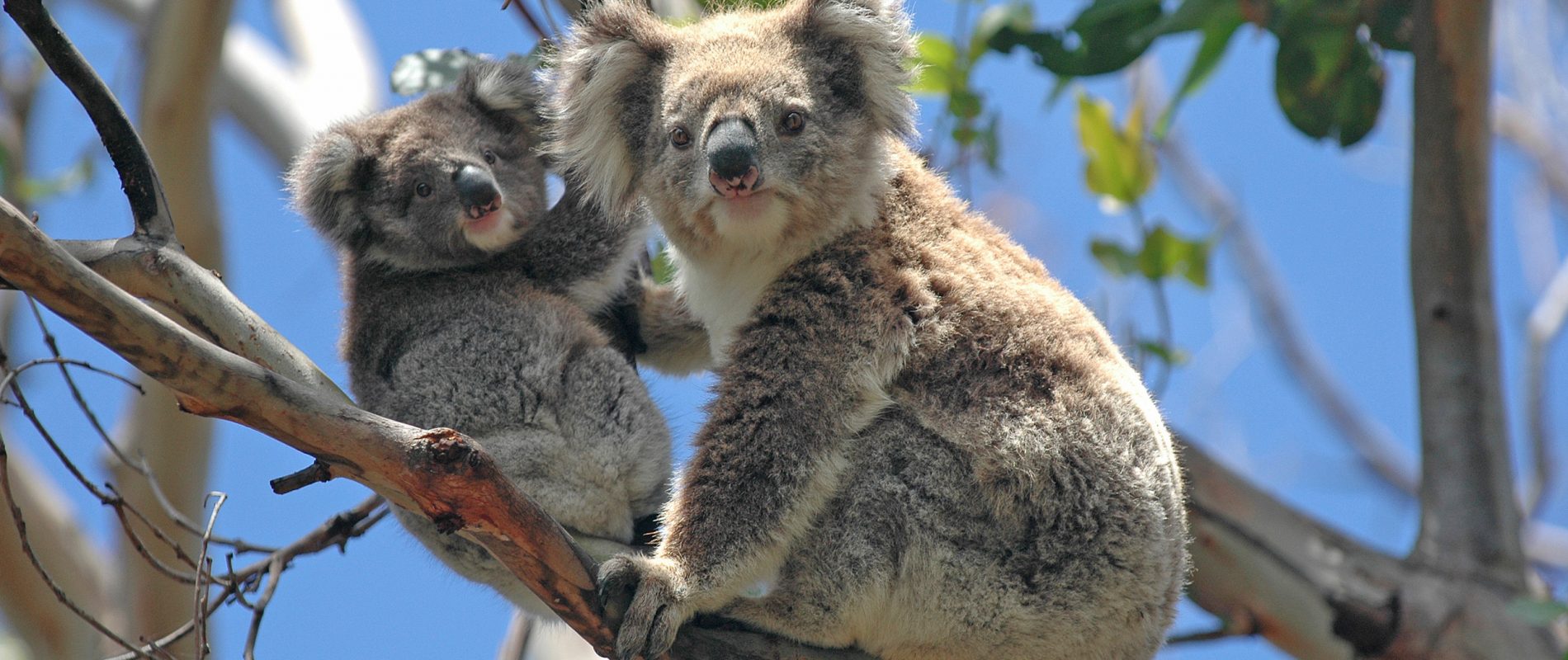
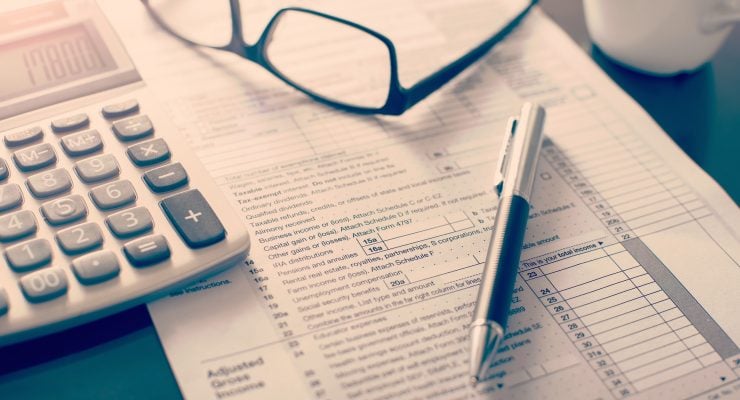
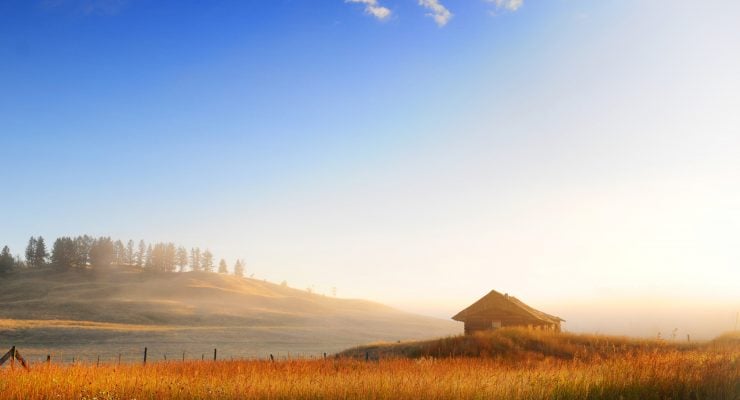
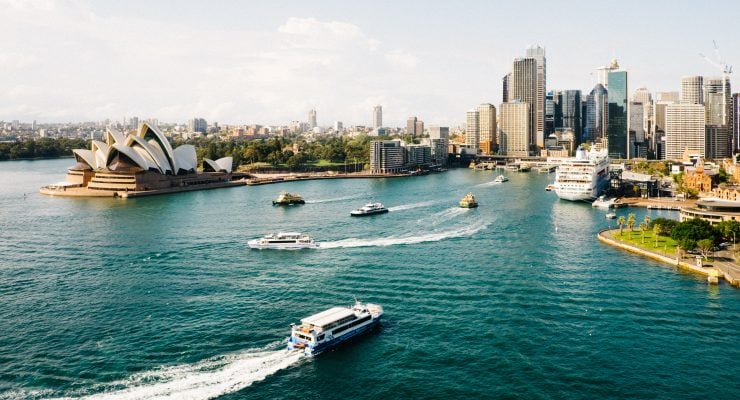

0 comments
{{like.username}}
Loading...
Load more